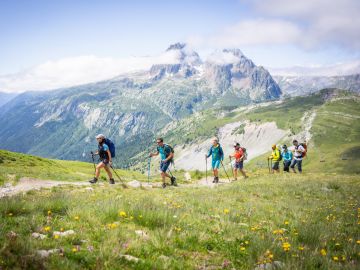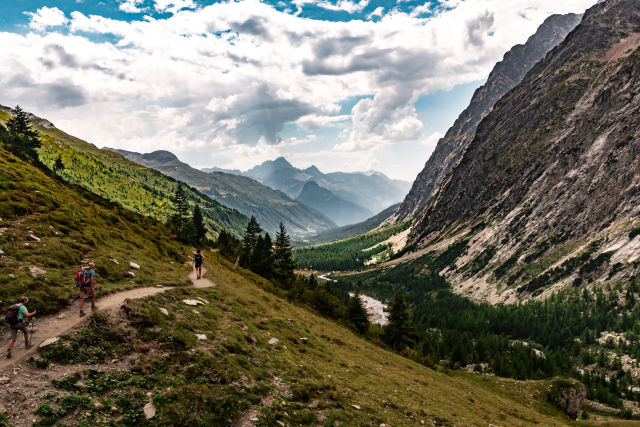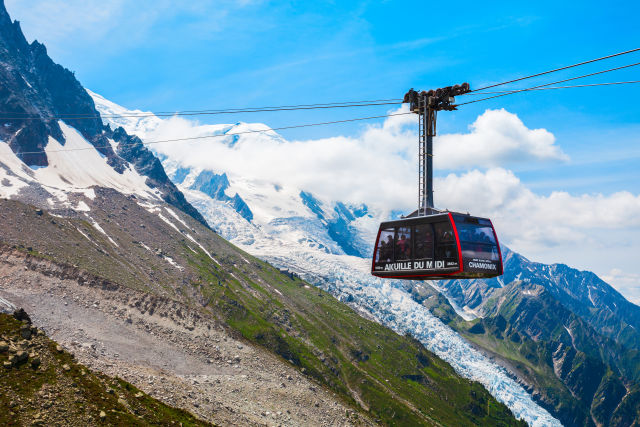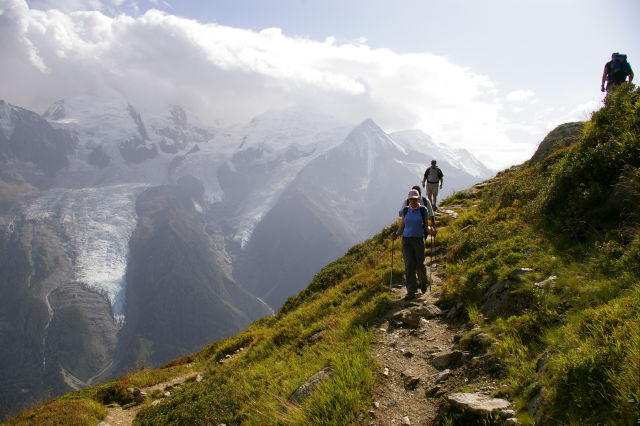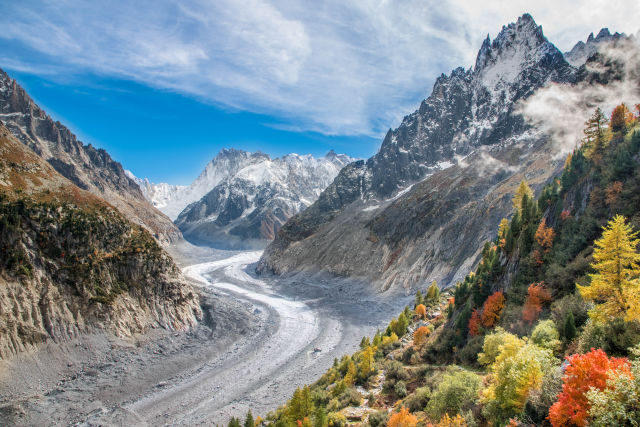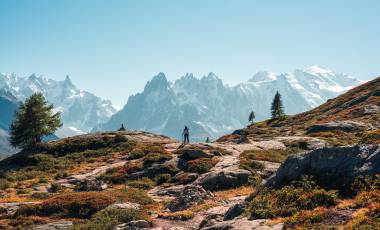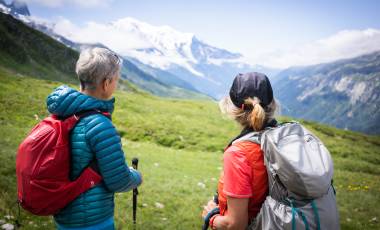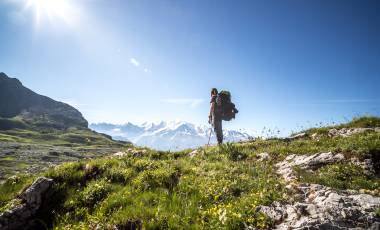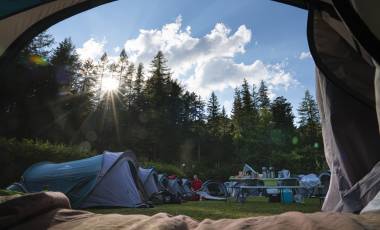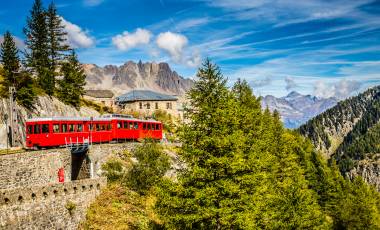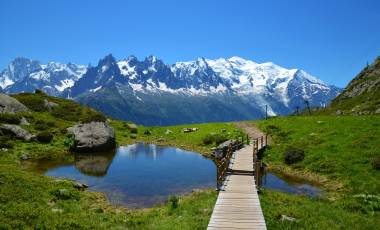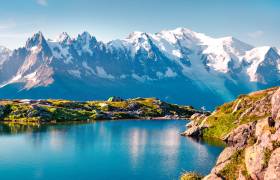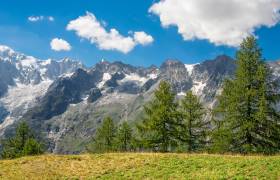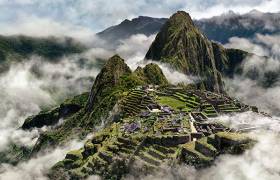The Mont Blanc region’s beauty transforms with the seasons, and the best time to hike depends on your preferences. Summer, from June to September, showcases vibrant landscapes, while the shoulder seasons of spring and fall offer more tranquility. It’s important to note that the weather in the mountains can be unpredictable, and conditions can change rapidly. Regardless of when you choose to hike Mont Blanc, it’s essential to be well-prepared for varying weather, carry appropriate gear, and have a solid understanding of the route and trail conditions.
Mont Blanc hiking tours are a feat of endurance and stamina. At over 100 miles long, this hike circles the Mont Blanc massif and includes elevation gains and losses of over 6 miles as you pass through parts of Italy, Switzerland, and France, experiencing the seven valleys that surround the majestic mountain.
For those seeking a challenging adventure, completing the full circuit in one go while camping along the trail could be immensely rewarding. However, if the prospect of nine-hour hiking days is daunting, there are alternative ways to experience the Tour du Mont Blanc. The region boasts small villages that make perfect rest stops, allowing for a more leisurely exploration. This approach not only offers a chance to absorb the local culture but also breaks down the trek into manageable sections.
Our expert guides have crafted tours that cater to every fitness level and preferences. Whether tackling the entire circuit or opting for selected trail highlights, hikers can customize their experience, conquering challenging terrains while savoring every step of this iconic journey.
Most hikers require ten full hiking days to complete the Tour du Mont Blanc, and that assumes hiking days of around nine hours that cover around 10-12 miles per day. For visitors looking to enjoy the region beyond the trail, adding in a few extra days for rest and exploration to round out your trip is a good idea. The Tour du Mont Blanc isn’t the only way to undertake the legendary mountain though, and for those with less time available, it’s possible to complete only select shorter sections or to choose alternative routes that offer a taste of Mont Blanc without completing the entire circuit.
Your packing list will depend on which tour you choose. Check your trip notes for specific details, but hiking boots, a waterproof windbreaker, a hat, sunscreen, and walking poles are all likely necessities.
Mont Blanc is the highest mountain in the Alps and Western Europe, standing at an impressive 15,781 feet above sea level. Its majestic peaks and stunning landscapes attract mountaineers, hikers, and outdoor enthusiasts from around the world.

